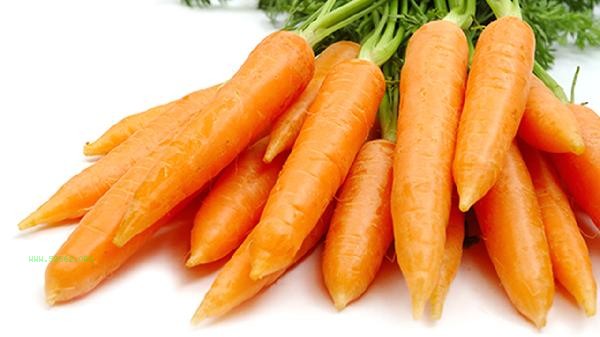Organic vegetable pest control can be achieved through artificial capture, biological control, plant-based pesticides, physical barriers, and crop rotation.

1. Artificial capture
Artificial capture is a direct and effective method, suitable for early pest infestation or small-scale planting. By regularly inspecting the back of leaves and stems, pests can be detected and removed by hand or tweezers. It has a significant effect on larger pests such as cabbage caterpillars and aphids, and should be carried out in the early morning or evening when pest activity is frequent. This method has no chemical residues, but requires high manpower input.
2. Biological control
utilizes natural enemies insects or microorganisms to control pest infestations, such as releasing ladybugs to prey on aphids and red eyed wasps to parasitize cabbage eggs. Bacillus thuringiensis preparations have specific killing effects on Lepidoptera larvae, while Beauveria bassiana can control underground pests. Biological control has high ecological safety, but matching natural enemies should be selected according to the type of pest, and extreme weather should be avoided to affect the control effect.
3. Plant derived pesticides
are extracted from natural plants to produce insecticides such as matrine, pyrethroid, and fisetin. This type of pesticide is effective against both piercing sucking mouthparts and chewing pests, with fast decomposition and minimal damage to beneficial insects after application. When using, it should be prepared and used immediately to avoid spraying under strong light. Continuous use 2-3 times with an interval of 5-7 days can enhance the effect.

4. Physical Barrier
Adopting insect proof net covering cultivation, 40-60 mesh mesh mesh can block small pests such as whiteflies and leaf miner flies. Silver film reflects light to repel aphids, while yellow sticky insect boards lure and kill adult insects. This method requires setting up a complete protective system before planting, paying attention to ventilation and light transmission adjustment, and combining with other methods can improve the overall prevention effect.
5. Crop rotation
breaks the life cycle of pests by rotating crops of different families and genera, such as rotating leafy vegetables with leguminous and gramineous crops. Planting insect repellent plants such as mint and rosemary in combination can produce a synergistic effect. It is necessary to design a 2-3 year crop rotation cycle based on the overwintering pattern of pests, which is more effective when combined with soil disinfection.

The pest control of organic vegetables should adhere to the principle of prevention first and comprehensive prevention and control. Daily maintenance of clean fields and timely removal of diseased and residual bodies should be carried out, and balanced fertilization should be applied to enhance plant resistance. Pay attention to monitoring insect population density during high temperature seasons, and combining different methods can reduce the limitations of a single measure. Before harvesting, it is necessary to follow the organic planting safety interval to ensure that agricultural products meet organic standards. Long term implementation of sustainable ecological regulation can gradually establish a benign biological community in farmland and reduce the probability of pest occurrence.








Comments (0)
Leave a Comment
No comments yet
Be the first to share your thoughts!